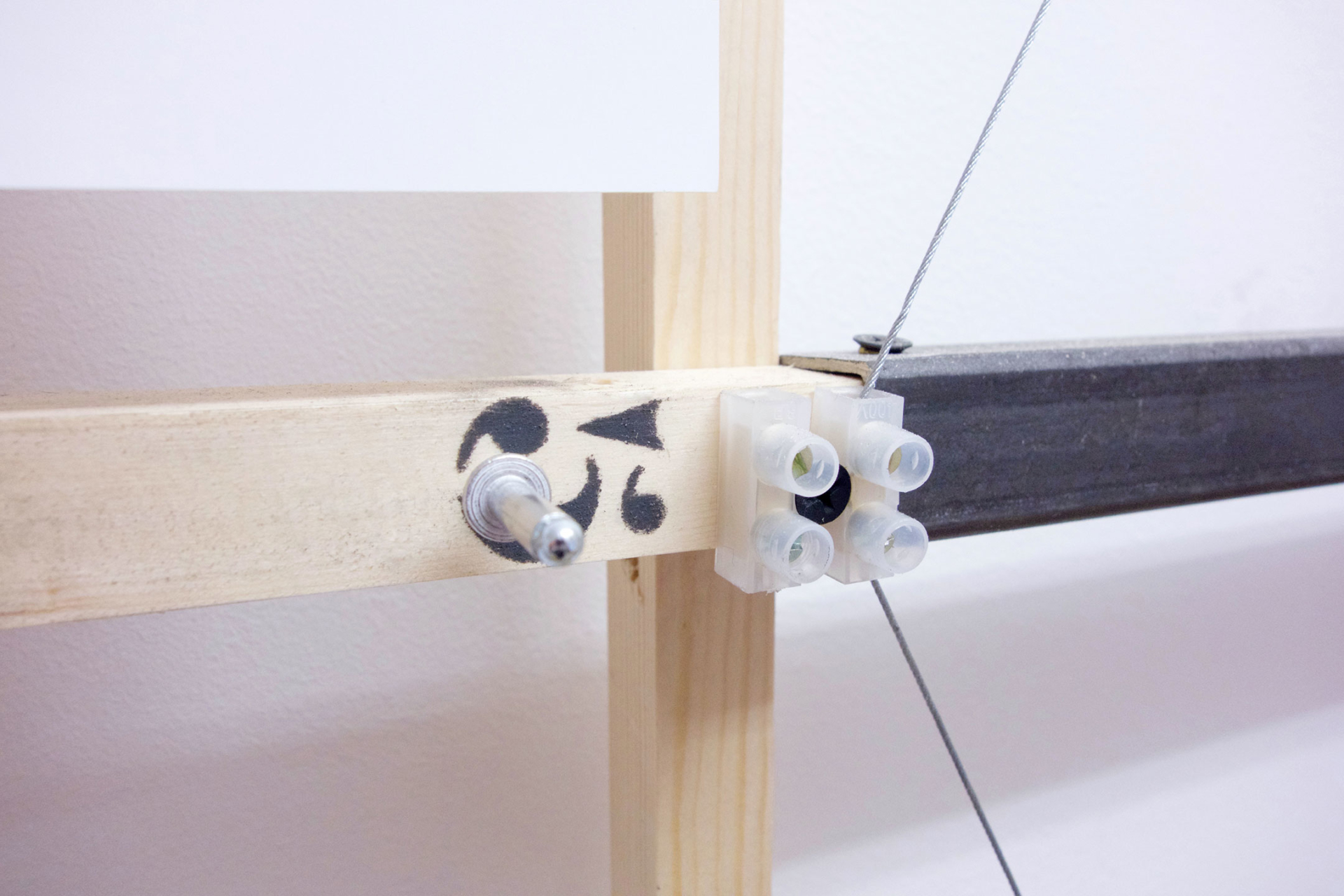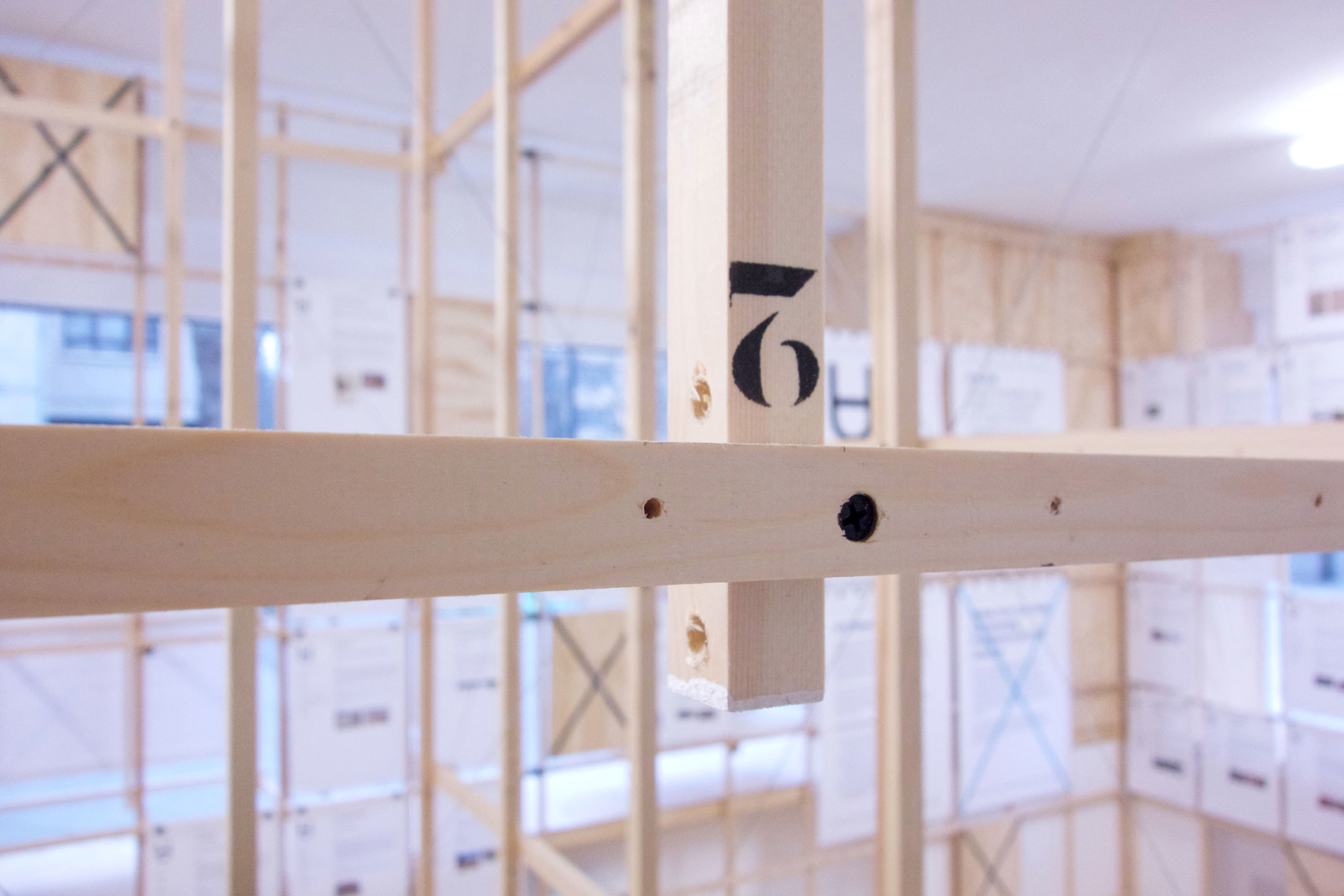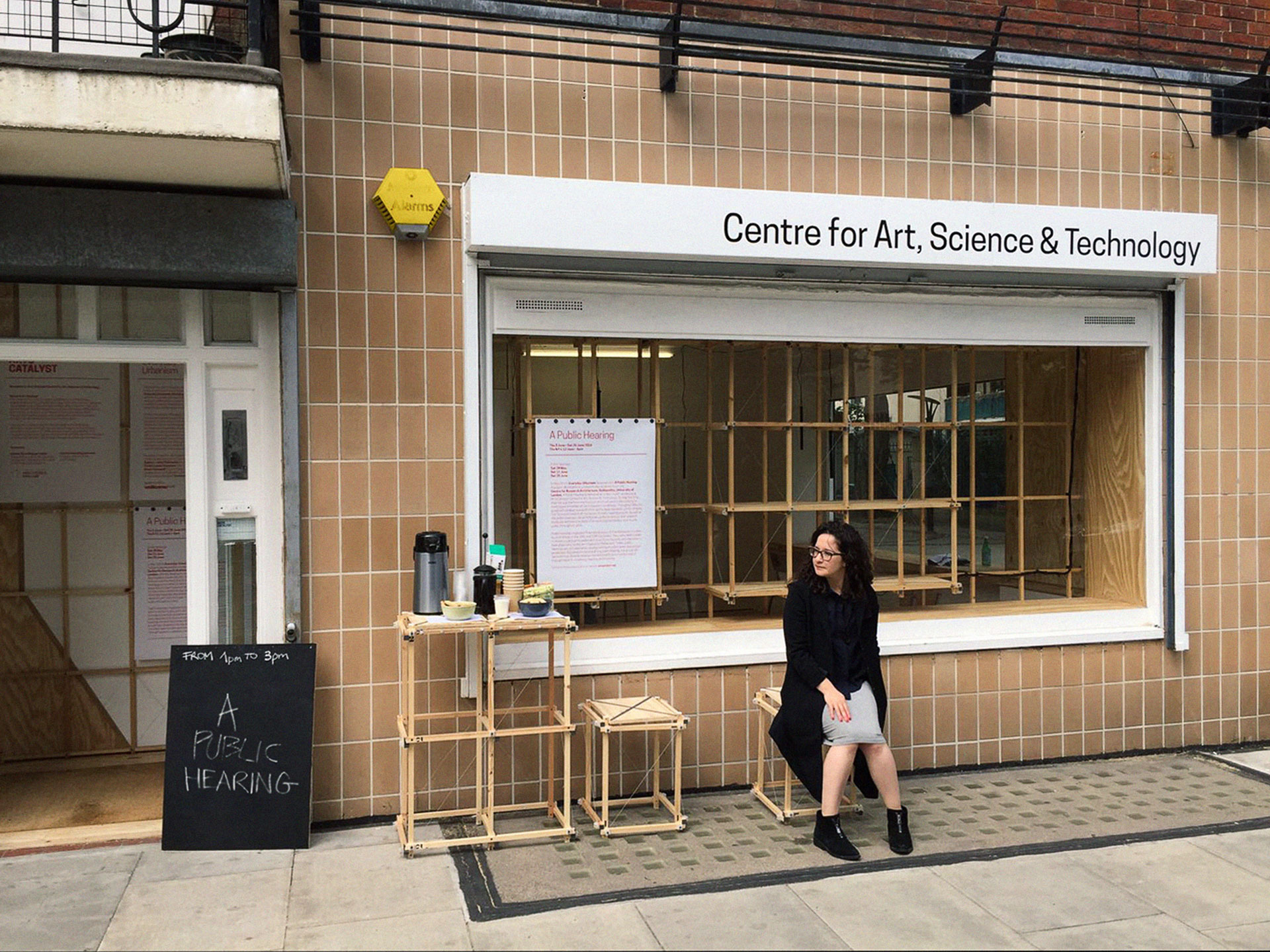
Arts Catalyst Centre for Art, Science & Technology, London
Interior design for new Art Centre + design of exhibition Notes from the Field: Commoning Practices in Art and Science.
Arts Catalyst explores social and environmental issues, provoke debate and test out alternative ways of learning. They frequently work in non-traditional arts spaces, often within a particular landscape. This multi-faceted platform investigates the notion of art as a tool or tactic for action with communities, with a focus on projects involving science and technology or driven by ecological concerns.
The exhibition Notes from the Field… (designed by Collective Works) presented aspects of Arts Catalyst’s ongoing art and citizen science project Wrecked! on the Intertidal Zone. Alongside this, it presented the Arte Útil archive, a project initiated by artist Tania Bruguera, which chronicles a history of art projects that create tactics to change how we act in society.
In an archive room, housing physical copies of selected case studies, and through exploratory workshops and discussion events, visitors would be able to speak with invited resident guests, undertake their own research, or propose new case studies.
The support structure for this exhibition was based on A-paper dimensions, with vertical and horizontal, plain surfaces and steel cable bracing.
Publication
Based upon open discussions, sessions led by group members, and meetings with visiting artists and curators a publication was developed. It was collectively authored and produced by the Exhibition Studies Working Group. The group was convened by Arts Catalyst. The publication, designed by Collective Works, is split into three sub-groups, each focusing on a different area of investigation.
>
The group brought together students from two programmes both critically engaging with ideas of exhibition making or exhibition histories; MFA Curating, Goldsmiths, University of London and MRes Art: Exhibition Studies, Central Saint Martins, University of the Arts London.

Afterlife
A modular aspect was introduced to the system through the amazing detailing of Daya Bakker. All different lengths, verticals and horizontals were individually marked and therefor interchangeable. Assembled with plugs to reassure longevity in re-use, the system gave future users the opportunity to create endless variations.
>
The interior was reinterpreted for the exhibition A Public Hearing as part of Everyday Urbanism: Architecture as Social Process.









